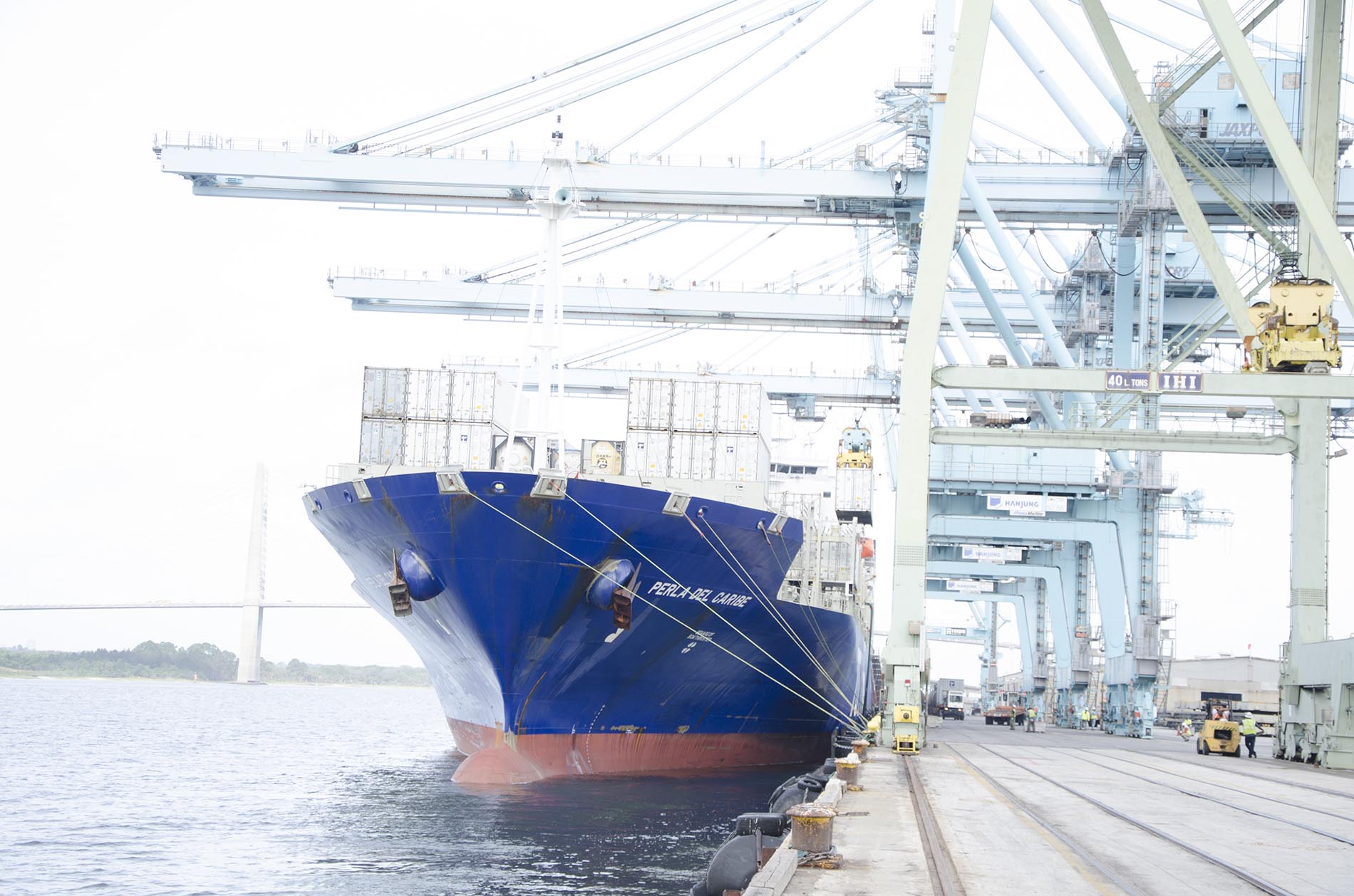The Longshore Act does not define "navigable waters of the United States," although this phrase is central to the Longshore Act's "situs" requirement for coverage.
Section 3(a) (33 U.S.C. 903(a)) reads:
"…compensation shall be payable under this Act… only if the disability or death results from an injury occurring upon the navigable waters of the United States…."
Under the Longshore Act, the definition of navigable waters is taken from the case of The Daniel Ball, 10 Wall. 557, 19 L.Ed. 999 (1871), in which the U.S. Supreme Court stated: "(Rivers) are navigable in fact, when they are used, or susceptible of being used, in their ordinary condition, as highways of commerce, over which trade and travel are or may be conducted … and they constitute navigable waters of the United States, in contradistinction from the navigable waters of the State, when they form in their ordinary condition by themselves, or by uniting other waters, a continued highway over which commerce is or may be carried on with other states or foreign countries."
This so-called "navigable in fact" test means that the water at the site of the injury must be capable of carrying cargo in interstate or international commerce - or joins up with other waters that are capable of carrying cargo in interstate or international commerce. There are a variety of different definitions of "navigable waters" under various statutes and from other federal agencies, but the key under the Longshore Act is used in interstate or international commerce.
It is obviously impossible to compile a comprehensive list of the "navigable waters of the U.S.." I will try to list examples of several typical types of bodies of water to illustrate how the issue is analyzed. Remember that the Principles are general, and the examples are simply that. There are always exceptions and unique circumstances.
General Principles
Tributaries of interstate rivers are generally considered to be navigable waters.
What are otherwise navigable waters rendered temporarily non-navigable by artificial or natural means do not lose navigability. For example, seasonal freezing does not render the waterway non-navigable. Also, cofferdams (construction areas from which the water has temporarily been pumped out) do not render that area of the waterway non-navigable. However, water that has been diverted and removed from a navigable waterway for industrial use at that site is not navigable.
So-called "state waters" are navigable waters of the U.S.
More specific examples:
- Swamps or marshland that can only be traversed by means of special contrivances (airboats) are generally considered to be non-navigable.
- Intrastate glacial lakes surrounded by forests and roads are non-navigable.
- Reservoirs, man-made lakes, or stretches of interstate rivers that are dammed at both ends within one state are non-navigable.
There are some interesting nuances. For example, Table Rock Lake, a man-made lake on the border between Missouri and Arkansas, would seem to be a likely candidate for navigable waters of the U.S. It is literally interstate. But interestingly, the federal Eighth Circuit Court of Appeals has twice found that the lake is not navigable, either in law or in fact. This is based on the fact that the court found that the lake is used exclusively for recreational purposes. There is no commercial shipping on the lake.
Then there are the questions of applicability of the Longshore Act on the high seas and in foreign territorial waters.
The consensus among the federal circuits that have considered the question is that the Longshore Act applies on the high seas, at least for U.S. citizens or permanent residents without conditions. There is a problem where the situs issue involves foreign territorial waters and adjoining land areas.
The federal Ninth Circuit Court of Appeals has decided in Keller Found./Case Found. V. Tracy (696 F.3d 835, 2012) that the Longshore Act does not apply in foreign territorial waters and surrounding land areas. The Ninth Circuit covers the Western United States and the Pacific. There is uncertainty outside the jurisdiction of the Ninth Circuit.
No other federal circuit court has definitively ruled on the question, but the U.S. Department of Labor's Benefits Review Board (BRB) has more than once applied the Longshore Act overseas, for example, in Jamaica in Weber v S.C. Loveland, 35 BRBS 75 (2001), aff'd on reconsideration, 35 BRBS 190 (2002). This was in the context of an American worker overseas temporarily to do a job and then coming right back. It's not clear how long "temporarily" is.
What will the BRB do in the next case outside the Ninth Circuit where an American worker overseas temporarily is injured on a job that meets "status" for Longshore coverage? Will it adopt the Ninth Circuit's reasoning, or will it follow its own precedents until other circuits decide the issue? The safest course of action may be to assume that the Longshore Act will apply overseas under certain conditions outside the jurisdiction of the Ninth Circuit.
I've been afloat on this topic long enough. It's time to head for shore. Remember the "navigable in fact" test and look for interstate or international commerce to help make a reasonable determination for what may or may not be considered "navigable waters" under the Longshore Act.
This blog was updated on July 17, 2023.


